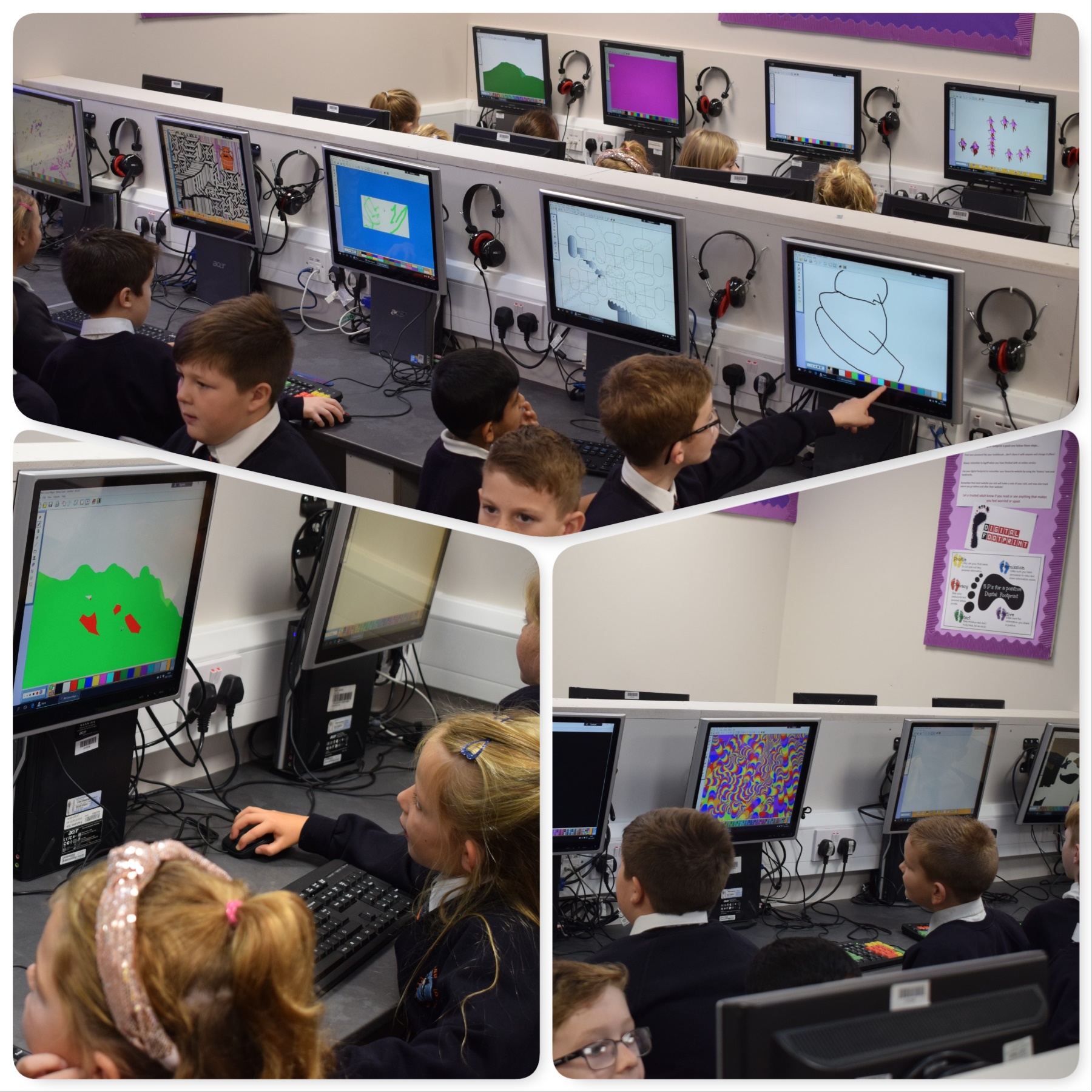Computing
We have a variety of technology which enables our pupils to participate in an exciting and engaging curriculum, as well as allowing teachers to model and embed the use of technology as a learning tool across all subjects - not just within the Computer Suite.
Pupils enjoy challenging themselves through the use of technology such as laptops, digital cameras, voice recorders, data loggers and various other devices.

Joy Lane computing curriculum uses iLearn2.co.uk to help pupils become independent, creative, safe, respectful and problem-solving digital citizens with a broad and transferrable skillset. Using the wide range of resources from the iLearn2 website, computing is fun and inspires them to develop skills beyond the classroom and builds an awareness of all the opportunities the subject provides.
There are three main strands of the Computing Curriculum:
Information Technology (How computers and networks works)
This strand focuses on how computers and computer networks are used in the modern world.
Digital Literacy (Using computers to create content safely)
This strand focuses on using hardware and software efficiently. Our children will learn how to produce documents for a given audience, as well as how to stay safe online, being respectful and responsible.
Computer Science (Programming)
These Lessons introduce children to coding in many different formats, allowing them to build up skills as they learn to become computer programmers. It also helps them to develop resilience and promotes problem solving as they learn as ‘coders’. This structured approach and ‘can-do’ attitude supports all subjects for all abilities.
Online safety is a key feature of our curriculum and its delivery is adapted to the needs of the year group, ensuring that children feel confident when using computers and the Internet and know what to do if they come across something inappropriate which may make them feel uncomfortable. Teaching of online safety in the classroom is supplemented by information to parents in our weekly newsletters and via ClassDojo.
We aim to ensure that pupils’ skills progress at a level appropriate for their age and takes into account the relevance of computing and technology in our society so they can use a range of technology confidently, whilst expressing themselves and developing their ideas effectively at a level suitable for the future workplace and as an active participant in the digital world.
We are lucky here at Joy Lane and have a computer suite available for lessons as well as laptop trolleys for each area of the school. This means children can learn discrete skills in computing lessons and are able to transfer these skills and use the laptops in a cross curricular capacity to support learning across the curriculum.
During the last school year we ran an extra curricular club with Jam Coding for both KS1 and KS2 where children developed their coding skills and created their own games.
Jam Coding also visited the school for curriculum enrichment sessions which were greatly enjoyed by both children and staff.

